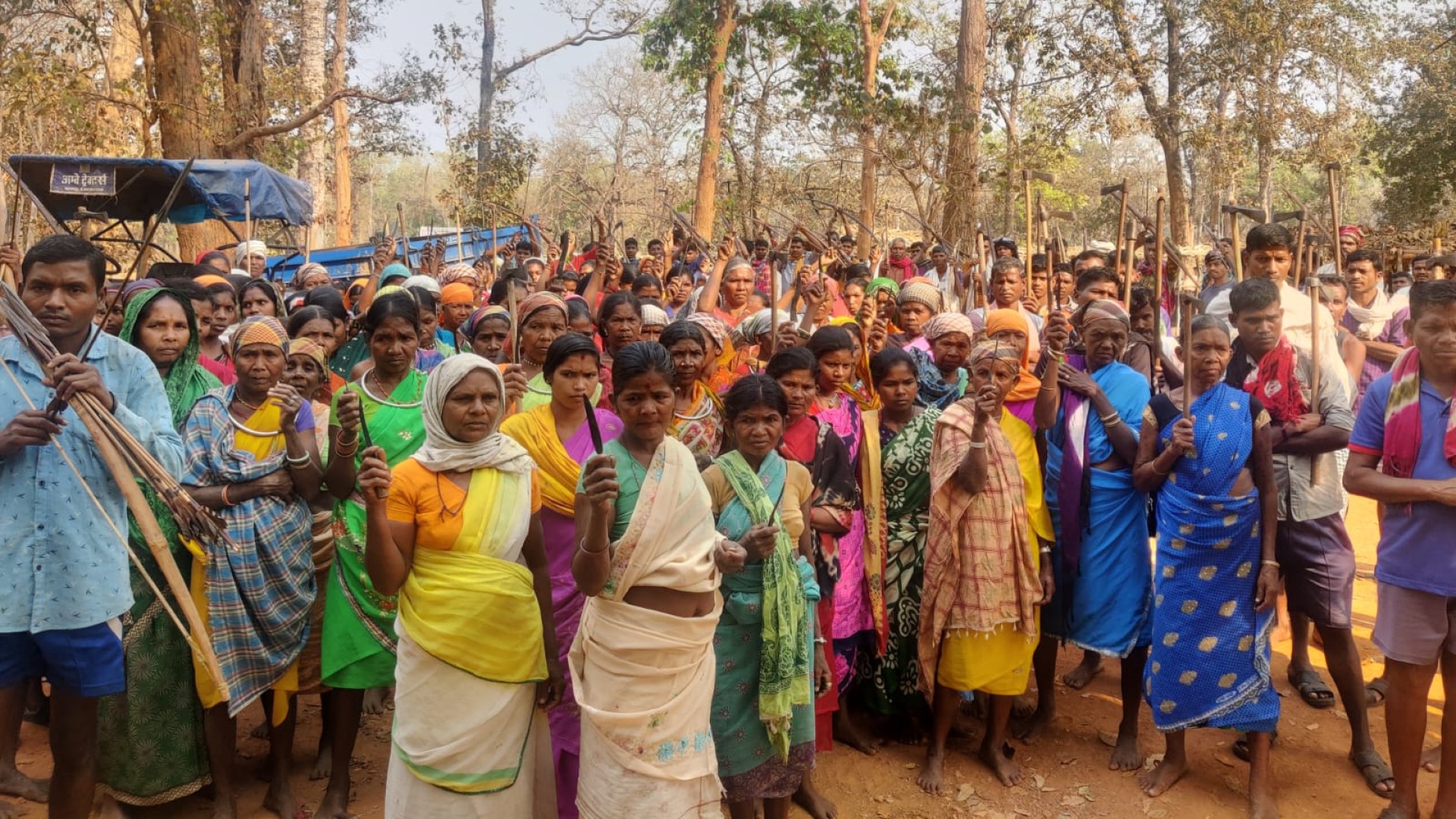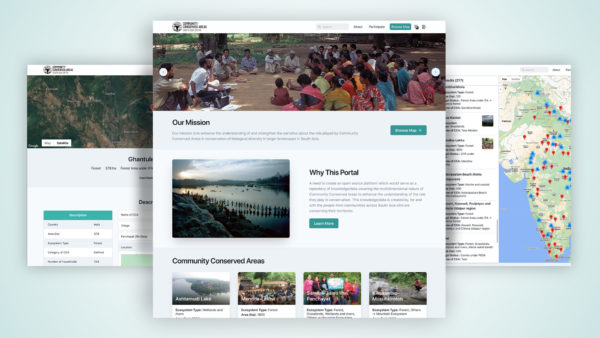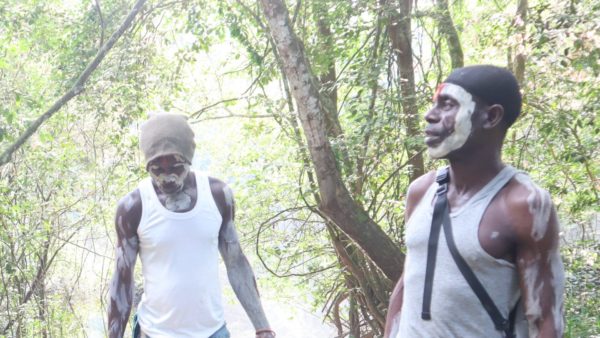The Adivasis demand appropriate recognition of their constitutionally guaranteed and internationally acknowledged Indigenous rights
First published on 01/10/2025, and last updated on 02/27/2025
Shared by InSAF India and London Mining Network
In the Bastar region in the state of Chhattisgarh in central India, thousands of Adivasis have been killed in encounters over the past two decades—many later revealed to be unarmed civilians. Many Adivasis have also been victims of arbitrary arrests, torture, and sexual violence. In 2024 alone, over 280 killings, including of children, were reported as encounters; many of the killings have now been exposed as extrajudicial executions.
Bastar’s biodiverse and eco-sensitive tropical forests and hill territories cover about 33,000 square kilometers. The region is home to about 2.7 million people, two-thirds of whom comprise India’s most vulnerable Indigenous Adivasi communities, including the Gonds, Maria, Halba, and Muriya tribes. The land is rich in coal, iron, tin, and other rare minerals such as corundum and gold.
The rights of the Adivasis over their lands and natural resources, including the right to self-governance and free, prior, and informed consent for land use change, are recognized and safeguarded under the Fifth Schedule of India’s Constitution, the Panchayats (Extension to Scheduled Areas) Act 1996, and the Scheduled Tribes and Other Traditional Forest Dwellers (Recognition of Forest Rights) Act, 2006.
Despite these constitutional and legal protections, the Government of India has steadily allowed extractive industries to encroach on Adivasi lands under the garb of development.
In 2022–23, mineral revenue from Chhattisgarh reached INR 12,941 crores (USD 153 million), with nearly half generated from Bastar’s Dantewada district. In contrast, the literacy rate and socio-economic and human development indicators in Bastar’s seven districts remain among the lowest in India.
Over the last two decades, numerous corporations have secured deals with the Chattisgarh government to set up steel and power plants in the region, such as Tata Steel’s 5 MTPA (million tonnes per annum) steel plant in Bastar district’s Lohandiguda block and Essar Steel’s 3.2 MTPA plant in Dhurli and Bhansi villages in Dantewada district.
Located in central India, the state of Chhattisgarh in India was carved out of the state of Madhya Pradesh in 2000 to facilitate state-sanctioned and corporate-led resource extraction 1/7 pic.twitter.com/Agzr8LWtir
— India Justice Project (@IndiaJusticeP) November 5, 2022
Adivasis have been protesting en masse for nearly 6 months against the new, illegally built CRPF camp in Silger but the government has not budged one inch – so much for democracy.
— Bela Bhatia (@Belaben) November 3, 2021
(Video below from sabha organised in Silger, 1 November 2021) pic.twitter.com/qXYwfmZ7oe
Even entire rivers, such as Sheonath, have been sold to private companies.
The steadfast resistance of the region’s Adivasi communities to their forcible displacement from their lands and access to natural resources for industrialization by profit-hungry corporations has led to the failure of most such attempts at forced industrialization.
In response, the Government of India has deployed many armed forces in the region. In 2005–2011, the Indian State organized the Salwa Judum, a militia composed of Adivasi youth, which employed “strategic hamletting” and reportedly burned and emptied 644 villages, displacing approximately 350,000 villagers. The Government said its goal is to combat the Naxalite (Maoist) insurgency. Civil society reports detail brutal reprisals, including sexual violence, forced relocation to camps, and mass-scale internal displacement.
By 2009, Salwa Judum had developed into “Operation Green Hunt.” Thousands of armed police from various branches of its special paramilitary Central Armed Police Forces were deployed in Bastar. Salwa Judum vigilantes were also recruited as “Special Police Officers.” In 2011, the Supreme Court of India outlawed Salwa Judum and forbade the use of Adivasi youth in counterinsurgency operations.
Since 2014, the broader agenda of Prime Minister Narendra Modi and the Hindu nationalist Bharatiya Janata Party government has openly intensified neoliberal privatization and liberalization, and the government has strengthened its “Clear, Build, Hold” strategy to use armed forces to facilitate the entry of large mining corporations in Bastar. Despite the Supreme Court ruling, the state is currently deploying a battalion of the Chhattisgarh Police composed of surrendered Naxalites and local youth, the District Reserve Guards in Bastar, alongside the Central Armed Police Forces, which include elite, heavily armed divisions.
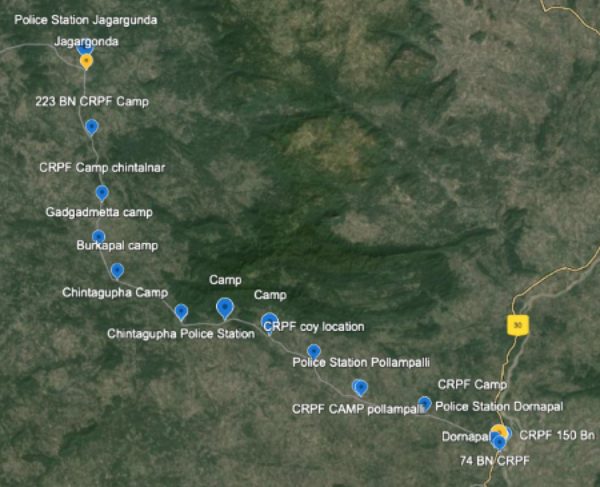
Since 2017–2019, military camps in the region have also proliferated. In some areas, camps are sited every 3–4 kilometers with a civilian-to-security personnel ratio of approximately 9:1, making Bastar one of the world’s most militarized regions.
At the same time, several mass resistance movements have emerged from among the Adivasi communities across Bastar. Multiple sites of peaceful resistance movements in Bastar—in the form of extended sit-in protests—are led by youth Adivasi human rights defenders who faced the Salwa Judum-led violence in the previous decade. These include the umbrella platform Moolvasi Bachao Manch (Save the Indigenous Peoples’ Movement), Maad Bachao Andolan, and other organizations.
Learn more:
- The Siege of Silger: A Report on Bastar’s Anti-Camp Movement, Forum Against Militarization and Corporatization, 15 July 2022
- Rights group flags ‘repression’ of Bastar tribals by security forces under guise of fighting Maoists by Imran Ahmed Siddiqui, 13 August 2024, The Telegraph India
The use of severe, systematic, and widespread violence as a means to remove resisting communities from mining areas includes the use of drones, reportedly for surveilling the people’s everyday lives and dropping mortar bombs, which are devastating the traditional practices of the Indigenous communities, such as collecting the seasonal mahua flower from forests.
The security forces and administration have been harassing and intimidating activists, as well as subjecting them to physical violence, illegal detention, and incarceration under laws supposed to combat terrorism and organized crime.
Some prominent human rights defenders such as Surju Tekam and Sunita Pottam have been arrested under anti-terror laws, highlighting the intensified suppression of resistance to land grabs. In October 2024, the Chhattisgarh Government also deemed Moolvasi Bachao Manch an “unlawful” organization.
Now public: I wrote to the Government of #India about the arbitrary arrest & detention of Adivasi woman human rights defender Suneeta Pottam. Regrettably, I did not receive any response @IndiaUNGeneva
— Mary Lawlor UN Special Rapporteur HRDs (@MaryLawlorhrds) October 15, 2024
Read the full communication: https://t.co/LHX5daQaJa
What is unfolding in Bastar is not merely a territorial conflict or insurgency—it is the complete negation of universally recognized human rights by the Indian State and a struggle of the Adivasi communities for survival, dignity, and the recognition of Indigenous rights in the face of state violence and corporate greed.
The situation demands immediate global attention and solidarity for the Adivasi resistance to the cycle of repression and to ensure that the voices of Adivasi communities are heard and respected. Silence in the face of the Government of India’s atrocities would make the world complicit in the erasure of Indigenous Adivasi communities and their territories in this region.
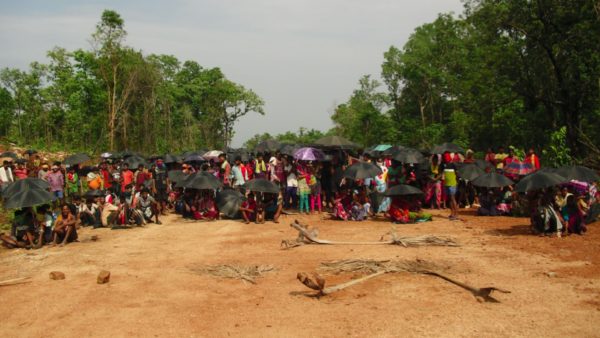
Call to action
Nearly 30 international civil society organizations from across the fields such as climate justice and academic freedom have signed this solidarity statement and call to the Government of India to:
- Comply with Supreme Court orders
- Respect Constitutional and legal protections for Adivasis
- End land grabbing and adhere to the Principle of Free, Prior, and Informed Consent
- Protect human rights defenders and activists
- Make accountable all violations of human rights and international law
Sign here to stand with the Adivasis of Bastar in their struggle against militarization and mining.
